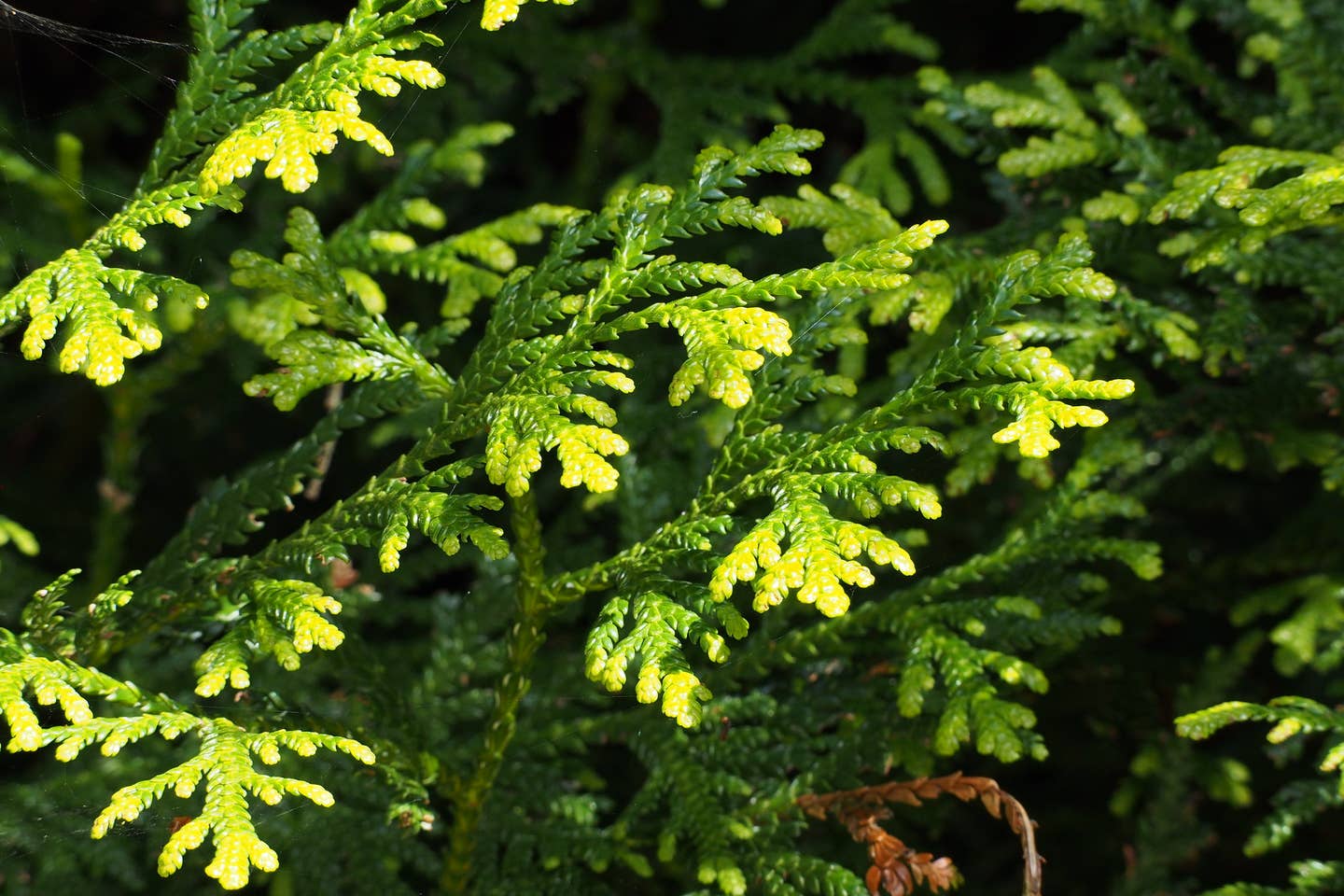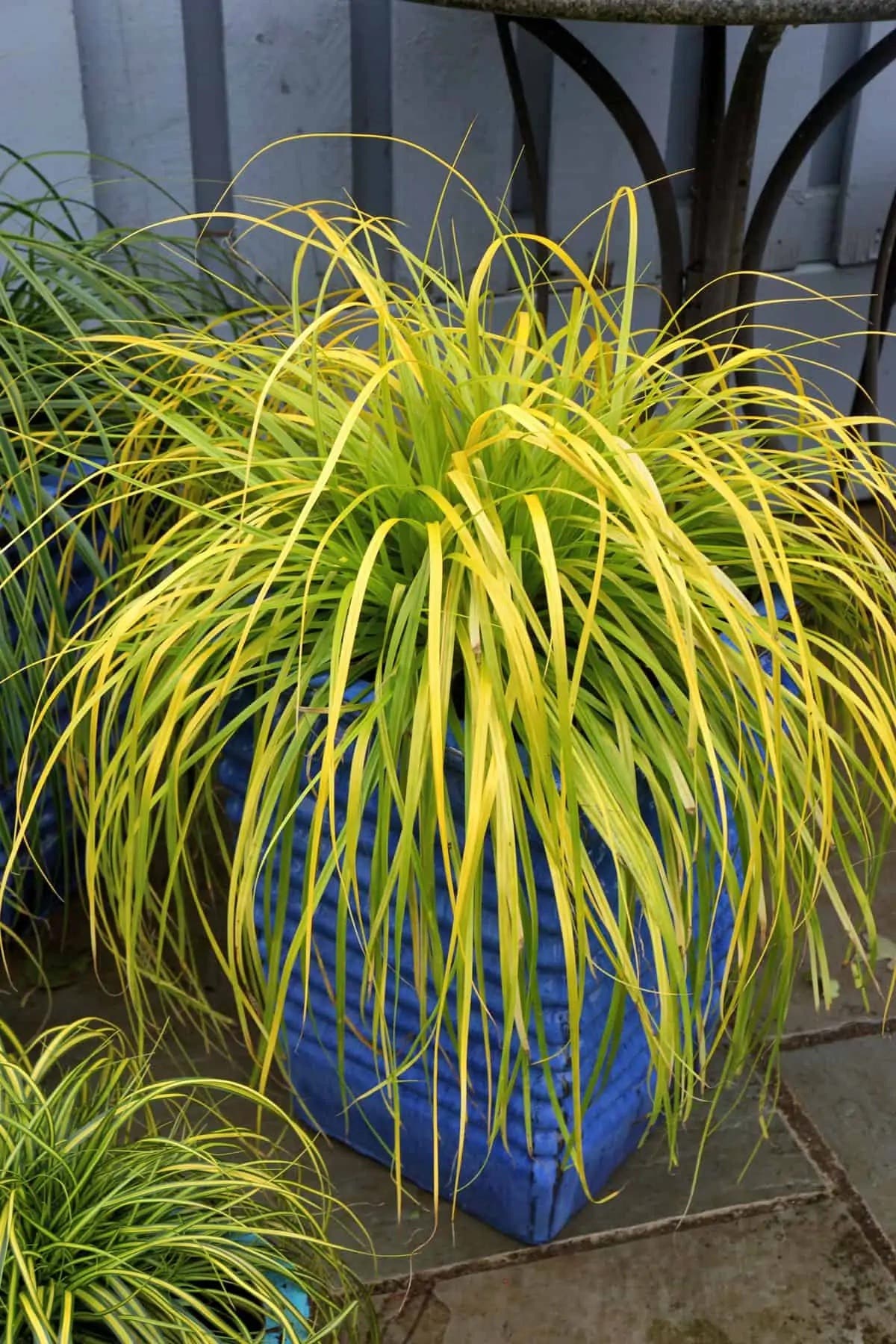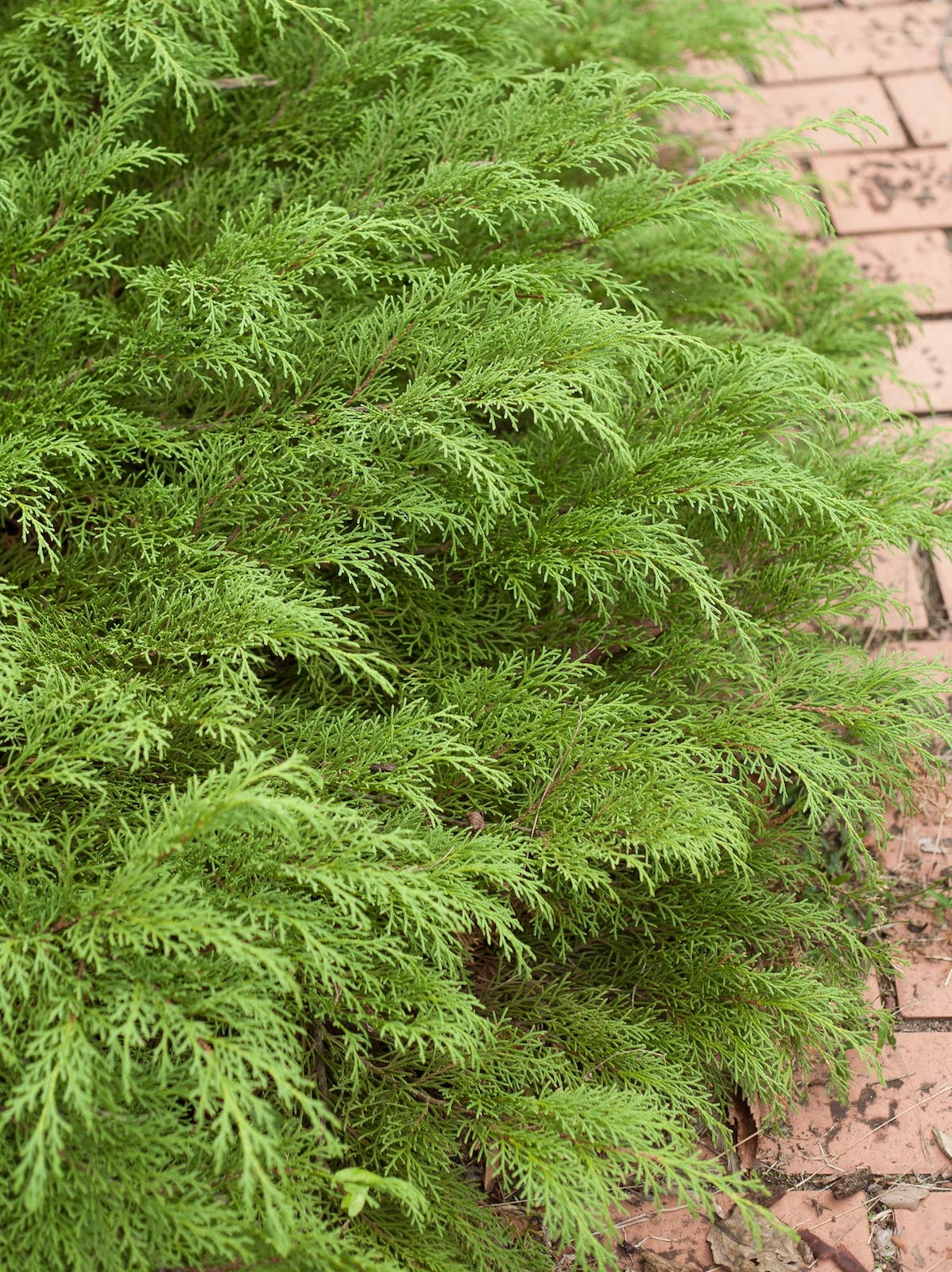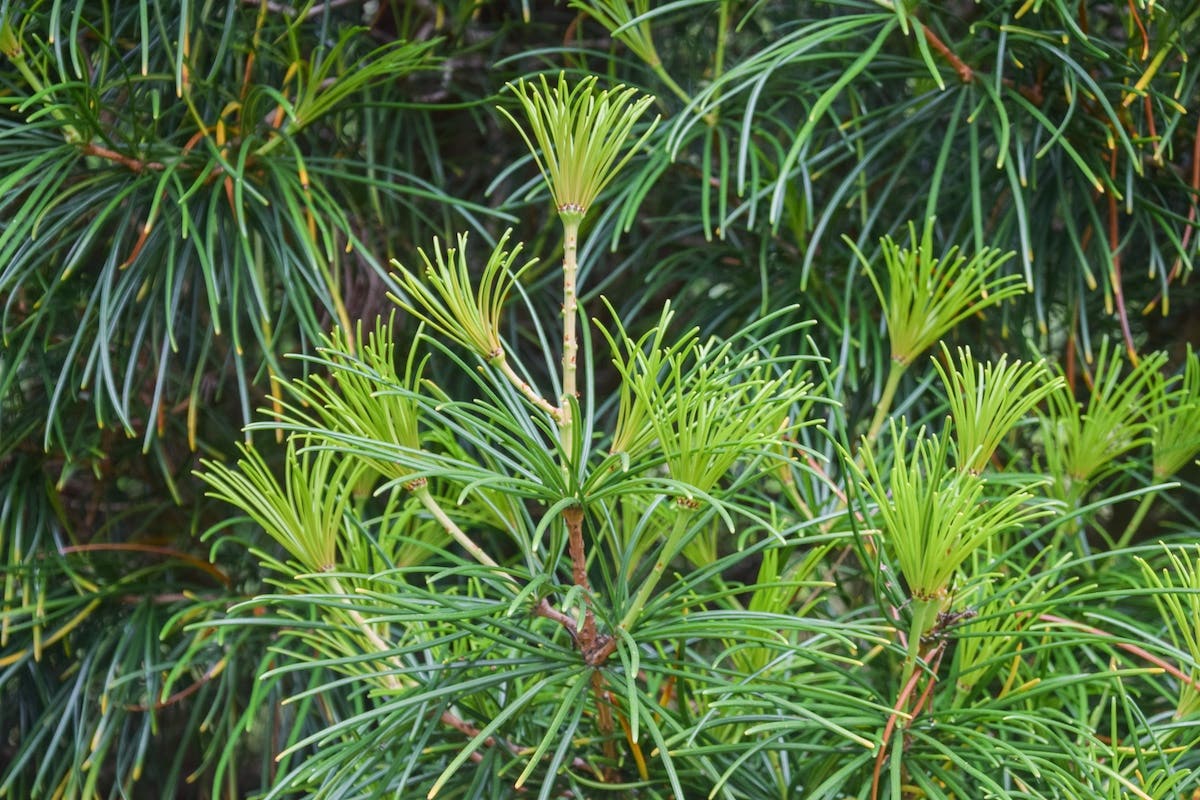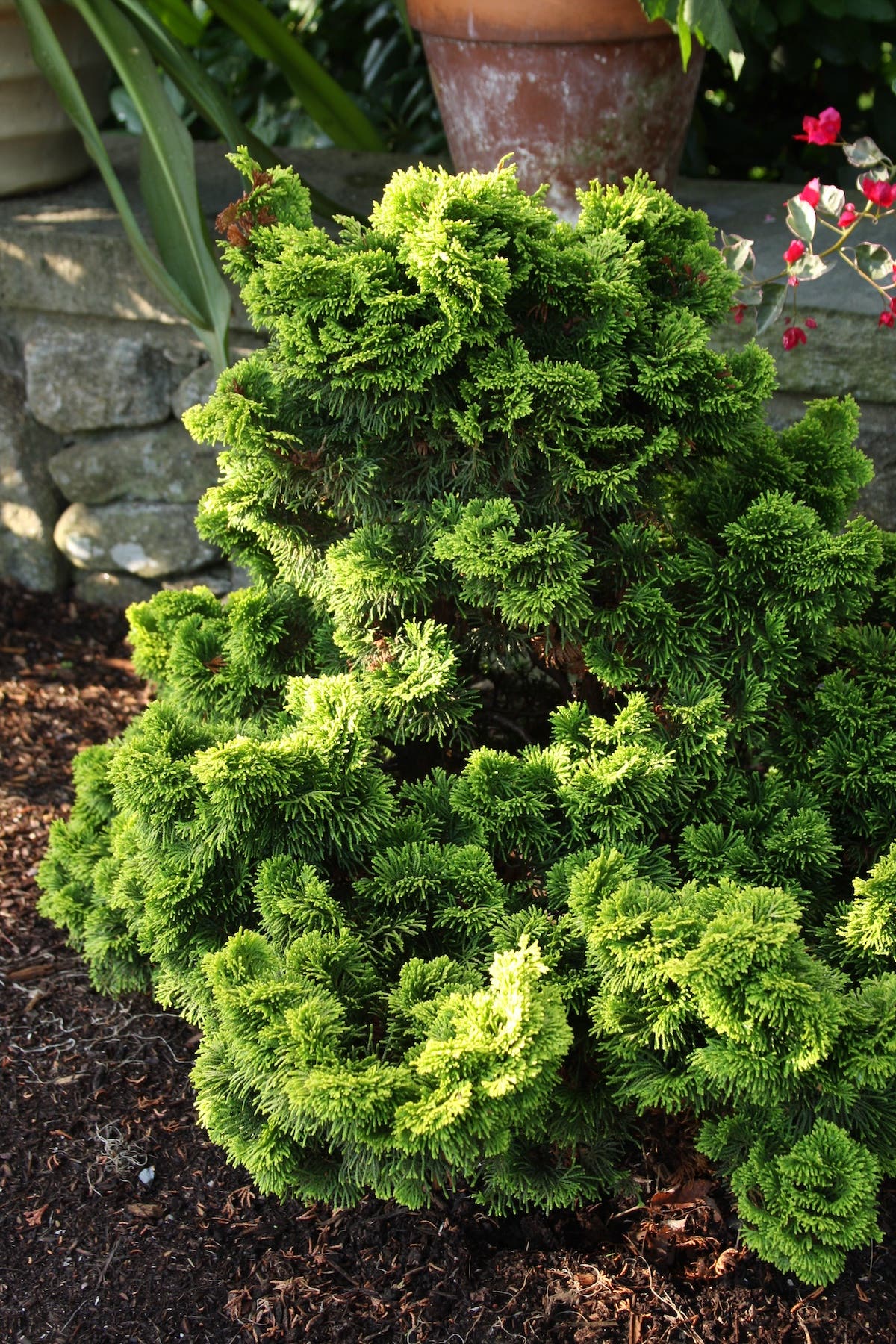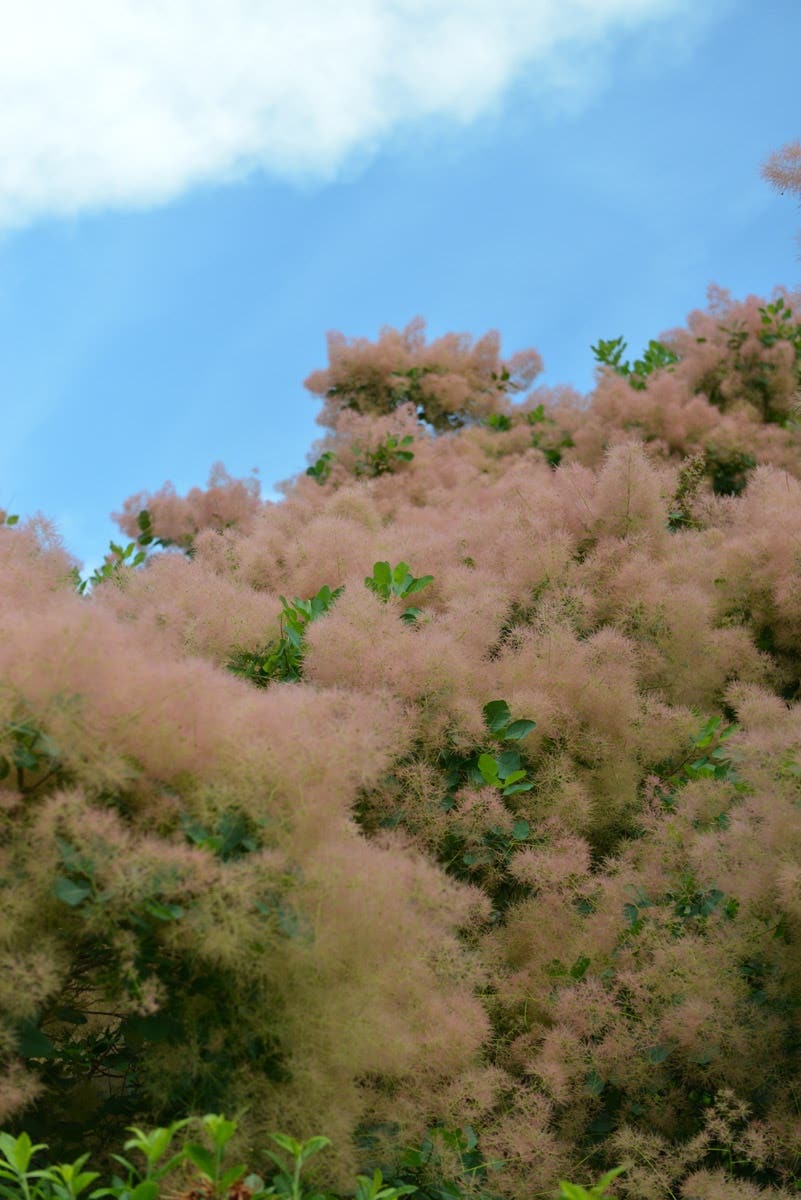‘Autumn Brilliance’ Serviceberry: a Wildlife-Friendly Three-Season Tree
‘Autumn Brilliance’ serviceberry brings bright fall foliage, pretty spring flowers and edible fruit to the garden. Easy to grow, it is a good choice for pollinator- and bird-friendly gardens.
'Autumn Brilliance' serviceberry is a hybrid of two small trees native to eastern North America. It stands out among other serviceberries because of its strong fall foliage color, larger spring flowers and resistance to diseases like rust, fire blight and powdery mildew. Meanwhile its blossoms and fruit make it a great addition to the pollinator- or bird-friendly garden.
Common name: ‘Autumn Brilliance’ serviceberry
Botanical name: Amelanchier x grandiflora 'Autumn Brilliance'
Origin: The hybrid species Amelanchier x grandiflora came about from crosses between A. arborea and A. laevis. The former is an adaptable species native to forests, wood edges and stream banks of eastern Canada through the Upper Midwest, New England, Mid-Atlantic and Southeast. The latter is a similar species whose growing range doesn’t extend into the Deep South. ‘Autumn Brilliance’ originated as a natural cross at an Illinois nursery, where it was discovered by nurseryman Willet Wandell. He introduced it to the trade in 1986. It was added to the Pennsylvania Horticultural Society's list of Gold Medal Plants in 2025.
Flowers: Showy, relatively large white flowers open from pink buds in mid-spring. Aside from their ornamental value, they also benefit bees and other pollinators. Fruit develops in early summer; it feeds songbirds and it can be used to make jams and jellies.
Related: "Native Berries to Plant for Birds"
Foliage: Small, oval, medium green leaves turn vivid orange-red in autumn. While other serviceberries can have nice autumn color, the strength of its fall foliage sets ‘Autumn Brilliance’ apart.
Size and habit: Maturing to 20 feet tall, ‘Autumn Brilliance’ can be grown as a small tree or as a vase-shaped, multi-trunked large shrub.
Growing 'Autumn Brilliance' serviceberry
Exposure: Full sun to part shade or all-day dappled light
How to grow it: 'Autumn Brilliance' serviceberry is an adaptable plant that thrives in any light level except full shade. It appreciates even moisture, but once established it can tolerate both dry spells and short periods of wet soil. This makes it an option for the edge of a rain garden or swale. If necessary, pruning can be done in late winter or early spring. To maintain a tree form, remove any growth that appears at the base of the trunk. For a shrubbier or multi-trunked form, allow low growth to remain and develop. USDA Zones 4–9.
Image credits: Fall foliage and spring flowers by Jack Coyier. Summer fruit courtesy of Pennsylvania Horticultural Society.


